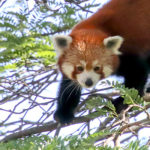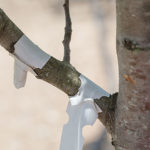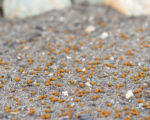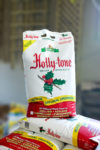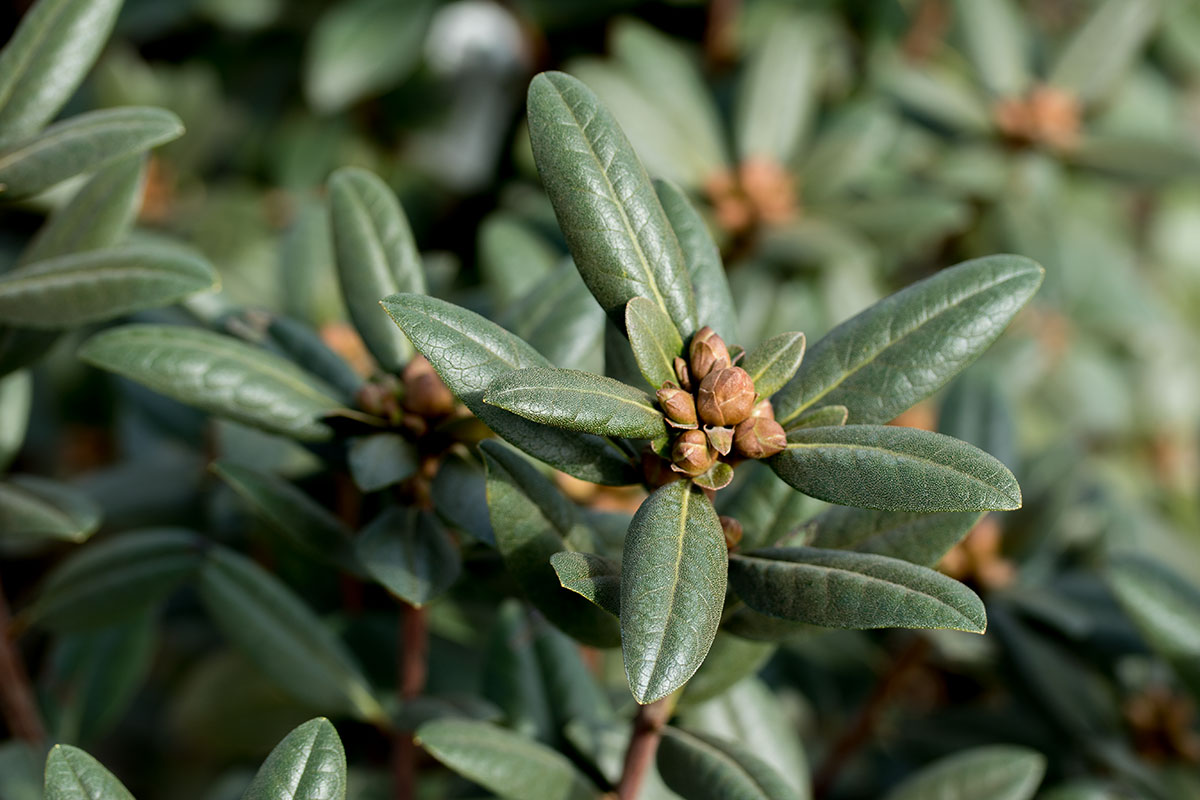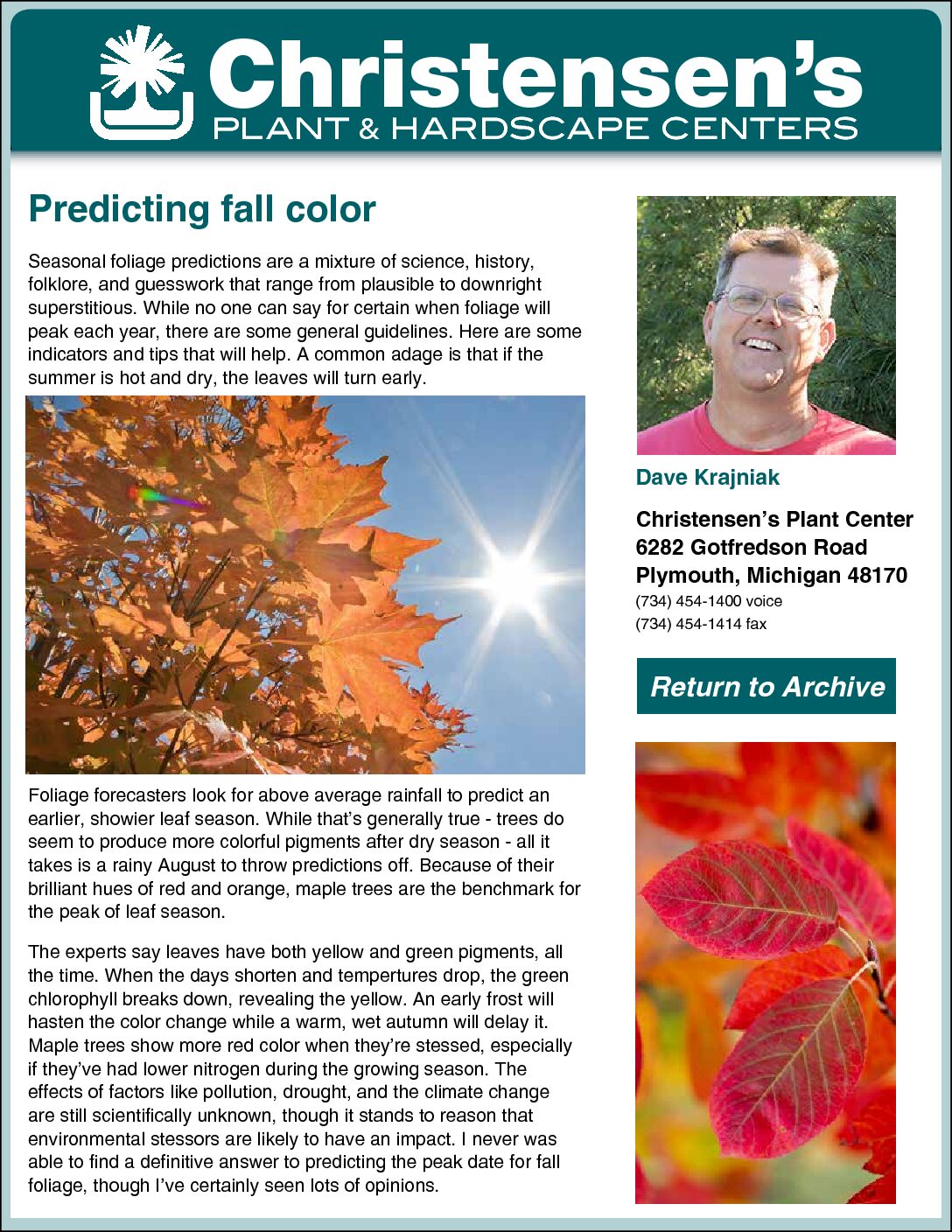In my time off from Christensen’s I love going to different zoos and gardens to shoot photos. I’ve been into photography for about 35 years and now my oldest daughter is into it as well. I’m a self-taught photographer and became more interested in photography when a Lowland Silverback Gorilla threw a clump of grass at me that came within inches of my head. I wish I had been able to capture that shot!
I shoot with a Canon EOS 800D and a Tamron 18-400mm zoom lens, and this kit gives me a lot of flexibility for shooting both landscapes and wildlife.

My favorite place to go is the Detroit Zoo. Within the past two years the zoo has opened two new exhibits that feature plant material from Christensen’s Plant Center. The new exhibits are the Holtzman Wildlife Foundation Red Panda Forest and the Devereaux Tiger Forest.


Christensen’s has supplied massive amounts of plant material over the past two years for the new exhibits. The red panda exhibit has a suspended bridge over two display areas that are fully landscaped. The pathway to the end of the tiger exhibit is spectacular, it goes on forever it seems, featuring trees, shrubs, perennials and ornamental grasses. The tiger area has tripled in size from the old display area and the tigers really seem to enjoy their new habitat.



In addition, over the past five years we have supplied plants for the river otter and giraffe exhibits, and many of the display berms and gardens throughout the entire zoo. Next time you are visiting the Detroit Zoo, look at the plant displays as well as the animal habitats, you might get some great inspiration for your landscaping designs. We know where you can get the plants!


